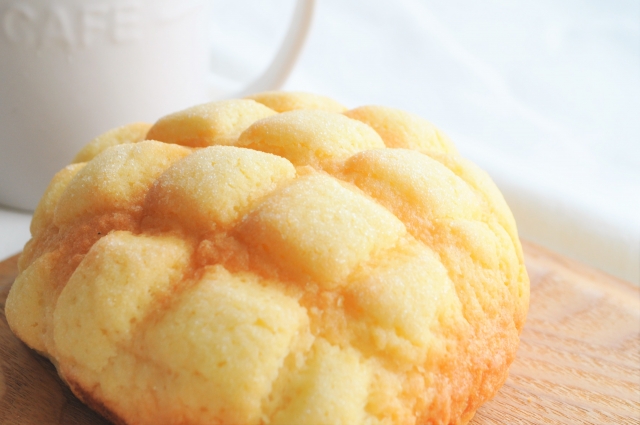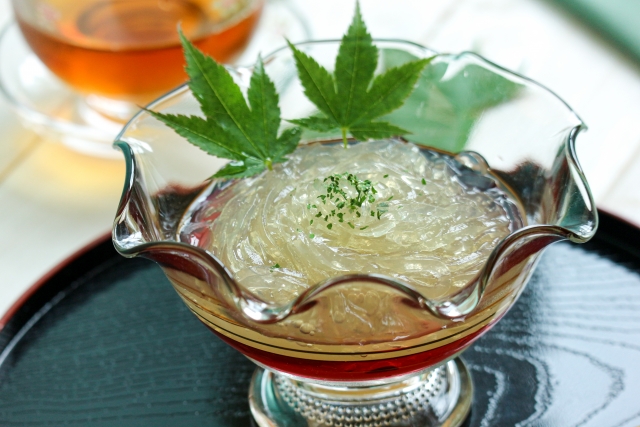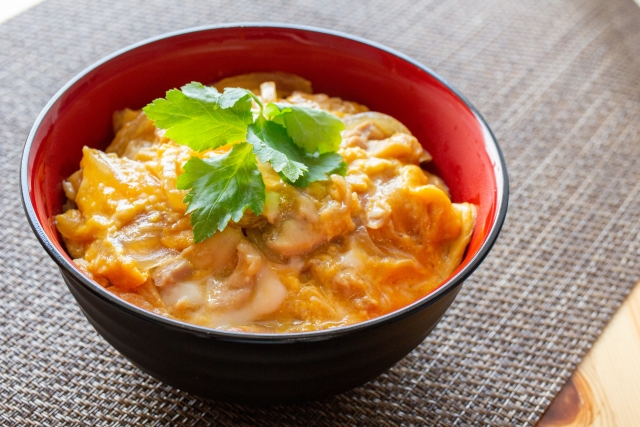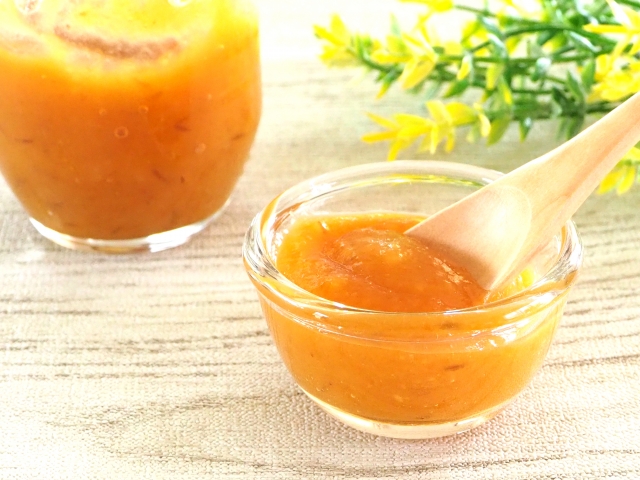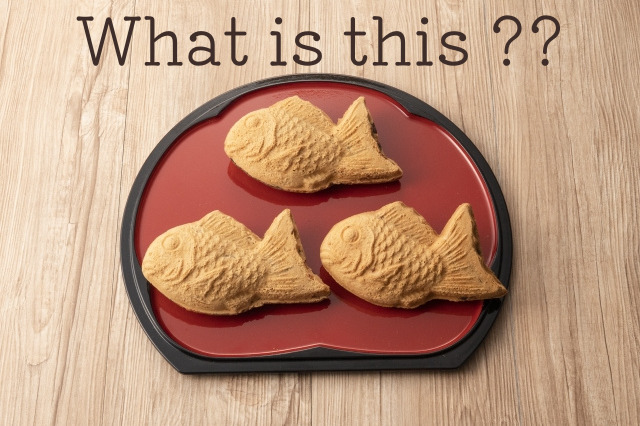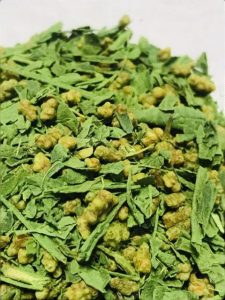![●Japanese sweets as a souvenir at a funeral [shinobu Manjyu]](https://healthyjapanesefoods.com/wp-content/uploads/2020/06/img_5471-e1591605477698.jpg)
There are many types of Japanese sweets in Japan.
Among them, Manjyu, which has been popular since ancient times, is a Japanese sweet that is loved by people all over Japan.
The other day, I remembered that the Manjyu I had at the funeral was delicious, so I went shopping. However, I just wanted to eat Manjyu, and my familiar person has not died.
This time, I will introduce Manjyu, which is used as a souvenir at a Japanese funeral.
Relationship between Manjyu and the ceremonial occasion
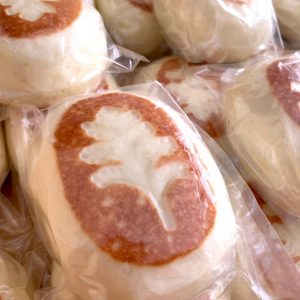
What is the funeral Manjyu?
It is said to be "funeral Manjyu" because Manjyu is distributed as a memorial service with the meaning of the rewards from the deceased at the time of mourning including funeral.
Generally, it seems that the box containing Manjyu is often distributed with "Noshigami" written as "Okokorozashi".
There is a difference in blue-white (green-white), yellow-white, etc. in the condolence, but Manjyu is used at the official ceremony for both celebrations and condolences.
It seems that it is related to the old tradition. I will also explain why I started using "Manjyu" for funerals.
The purpose of the funeral Manjyu was to give it away.
"The property left by the deceased is a proof that the deceased was unable to stop his desire for life. After death, he will return it to the public so that he can reduce the sin of the deceased and achieve Buddhism. "
It is said that the funeral Manjyu started at the beginning, and it was true, that the deceased's property was replaced with "Manjyu" and distributed.
The basic idea was that the act of giving money to Buddhism was the background.
At that time, sweet candy couldn't be eaten at a time when there was nothing, and Manjyu was precious. It was a food worth worthy of offering.
By the way, before that, it seems that there was a time when instead of Manjyu, they distributed "Ohineri," which was coin-wrapped paper.
Origin of funeral Manjyu (history)

Understanding the history of why "Manjyu" came to be used for funerals will deepen your understanding.
The beginning of Manjyu was Syokatu koumei of Sangokushi
According to Chinese literature, "Origin of Things," the famous Syokatu koumei was triumphing with the army. The river called Doshisui was inundated and I was unable to proceed even one step and was at a loss.
In the area, there was a legend that "49 barbarians will be decapitated and the river flood will subside if they are offered to the god of the river," and they were advised to decapitate the 49 barbarians.
So Koumei thought about it and prepared flour. I started to knead the flour and rolled it up into 49 pieces, making it like a human head. And instead of the barbarian's neck, he offered the god of the river. Then there is a story that the flooding has settled nicely.
Since then, Manjyu has been worshiped as an offering to God.
Manjyu is a sacred thing dedicated to God
Since the anecdote of Syokatu koumei, Manjyu has been specially regarded as sacred with the power to calm the earth. Even after that, Manjyu has been handed down as a sacred sacred thing to God, maintaining its dignity.
Even now, the concept continues, Manjyu is used as a gift for the ceremony, and Kouhaku Manjyu (Red and White Manjyu) is distributed at the ceremony.
And it continues to be used for Buddhist altars and funeral offerings.
The first Manjyu in Japan is "Nara Manjyu"
In Japan, it was around 1349. A person called Rinjoin from Song made Manjyu and it was called Nara Manjyu because it was made in Nara.
At that time, Manjyu used to contain sheep or pork, but Buddhism prohibits eating meat, so I used bean paste instead.
Since then, it is said that in Japan, the content is bean paste and the skin is kneaded with flour or buckwheat flour and called Manjyu.
Funeral Manjyu Regional Differences

Just as there are differences in the way of funerals in different regions, there are differences in funeral Manjyu.
Kanto area
Kasuga Manjyu
An oval (oval-shaped) white thin skin is baked with a Shinobu Hiba mold in the center, and the contents are bean paste.
It is also called another name (also known as "Shinobu Manju" or "Hiba Leaf Manju").
In addition, cypress leaves, kashiwa leaves, maples, etc. are branded as patterns. It is a large size, but it is basically a size that can be held in one hand.
Kasuga Manjyu is also used in the Tohoku region and Koshinetsu region, and in Aomori there is also a large Manjyu with a diameter of about 30 cm or more.
Green White (Blue White) Manjyu
It is used in a two-color set of green (blue) and white wheat steamed bun, and green (blue) contains green tea. The content is mainly bean jam, but it seems that it may be grain bean jam.
Traditionally, it is said that condolences are bean paste, and celebrations are grain bean paste, but recently it seems that there are cases in which they are used without much concern.
In addition, according to a Japanese confectionery shop, "green and white (blue and white) dumb balls are also used these days."
Kansai area
Kiihaku Manjyu
Kiihaku Manjyu is a manjyu made of kneaded yam in rice flour or wheat flour. It is used in a two-color set, yellow and white, and the contents are fluffy and steamed.
The Manjyu that incorporates this yam is also referred to as Syoyo Manju (Syoyo Manju).
I also write it as an upper manju.
Oboro Manju
Manjyu is steamed to remove the epithelium to form a rag, and the content is bean paste.
Manjyu is also used for Rikyu tea ceremony.
Hokkaido
The Hokkaido funeral Manjyu is a “Chinese steamed bun”, but it is completely different from the Manjyu with minced meat in convenience stores.
It is a half-moon type that is made by wrapping bean jam in dough and roasted flour dough.
Some of them are about 20 cm in size and look like bananas.
Unlike normal Manjyu, you can make it regardless of whether the bean paste is hot, and you do not need to steam it afterwards. It is said that it was widely used in Hokkaido because it is easy to make and many people attend funerals.
Other areas
Other than Manjyu, there are some areas where you can use yokan or ohagi.
There is also a place to distribute bread as "funeral bread".
For example, in some areas of Okayama, in the San'in districts such as Tottori and Shimane, it seems that rice cakes with bean paste were originally distributed.
At first, it seems that Anpan was the main item, but now it seems that anything is sweet bread.
In some parts of Shizuoka Prefecture, sweets called Hira bread and Ohira bread are distributed.
It is an old-fashioned sweet that tastes good with the ingredients of flour, eggs and sugar.
It seems that this flat bread and jelly candies are often distributed as a set.
Also where you distribute Kouhaku Manjyu (Red and White Manjyu)
In Okinawa, red and white buns will be distributed only for funerals for those who have died after they are 90 years old (88 years old and older).
It means to fulfill longevity and to live longevity.
It seems that even in Fukushima, red and white manjyu and Sekihan are sometimes given to funerals of long-lived people.
Manjyu needed for funeral culture
In Japan, Manjyu is distributed not only for funerals but also for celebrations. Manjyu is the basis of confectionery.
And you can see that the funeral Manjyu is completely different depending on the region.
Purchase locations are mainly at Japanese confectionery stores, supermarkets, department stores, etc., but the locations where you can easily make arrangements differ depending on the area.
Of course, Manjyu is sold at times other than celebrations and funerals, so please try it.
Many old customs are gradually disappearing, but I hope that the funeral Manjyu will remain as a culture in the funeral.


